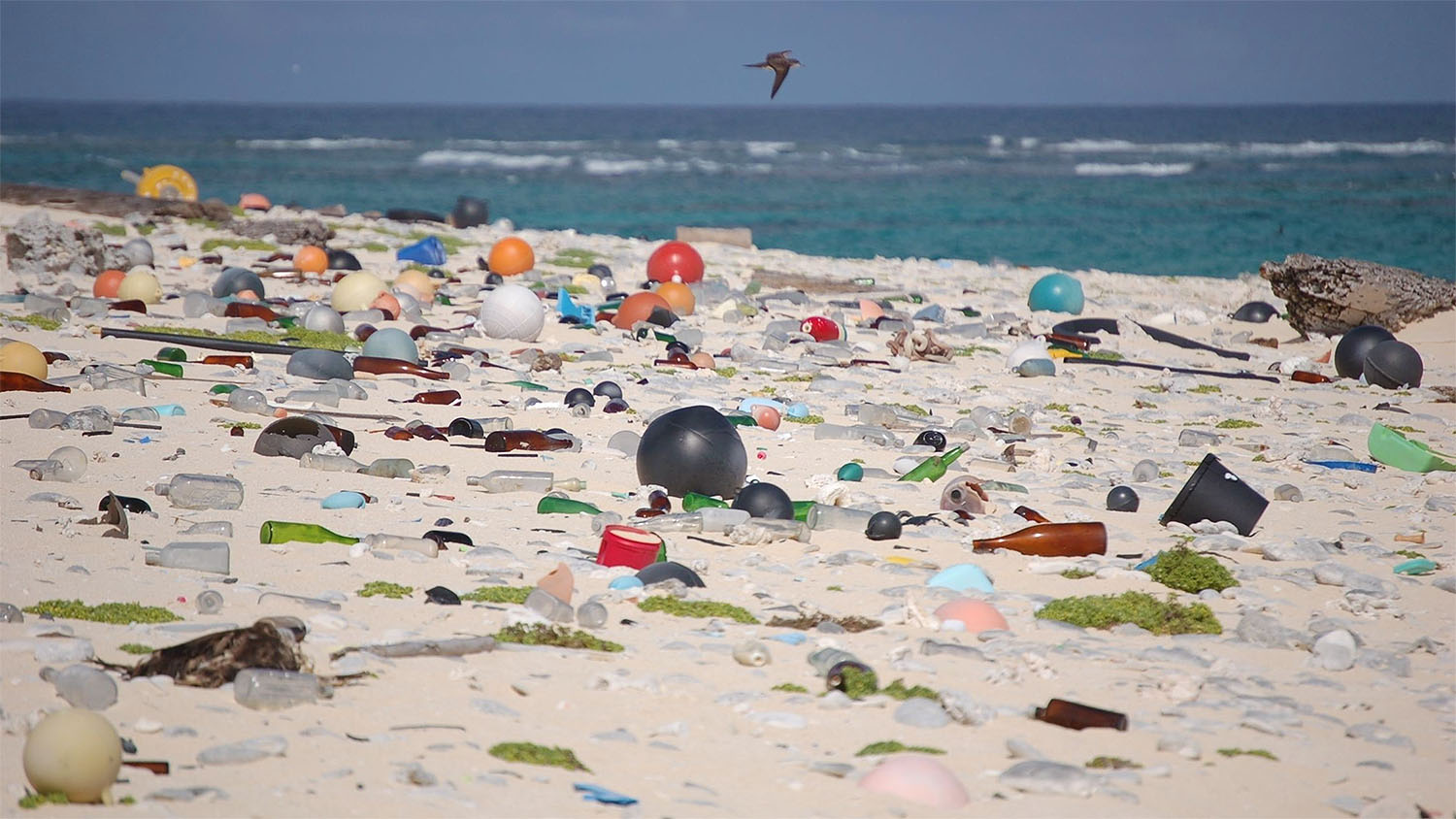Over 50 tonnes of plastic waste were generated across the European Union last year, according to a study by the World Wildlife Fund, and consumers are increasingly concerned about the potential environmental impacts vividly illustrated in programs such as the BBC’s Blue Planet.
Stephen Jamieson, Head of SAP Leonardo in the UK, saw an opportunity to innovate with purpose. Working with design expert David Kester, he put together a series of Plastic Challenge workshops bringing together consumers and retail industry experts to think about ways to alleviate the problem.
Using the Design Thinking methodology, the group came up with innovative, win-win opportunities, including rewarding consumers for better buying decisions, and arming consumers with better information about how they should be recycling waste.
At the SAP UKI & Ireland User Conference, Stephen explained his five big takeaways from the process:
- Inspiration action means start with “why” rather than “what” — per Simon Sinek. Rather than starting with what the group should do, it started with a discussion of the groups’ purpose and core beliefs.
- It’s important to humanize the technology. Having twenty-four representative consumers in the group, and taking the time to understand their feedback, was the “rocket fuel” of the project.
- Defining a safe space for collaboration was key. The room was full of brands that are infamous competitors. But the team set clear rules of engagement, with a commitment to transparency and openness.
- Iteratively prototype in order to fail early and cheaply. For example, the Reward for Change app got all the way through the first clickable prototypes, but then proved “not quite right” — but the group was able to quickly regroup and iterate new versions for testing.
- Follow a good design process. The group applied best practice design thinking concepts, without jumping any of the steps.
As a result of the workshops, SAP has launched Plastics Cloud, that uses machine learning, big data, and analytics to bring together information currently stored in different silos across the supply chain. The goal is to help reduce the environmental impact of plastics waste and finding new ways for industries players to collaborate. For more information about the project, including a 10-minute documentary about how the Plastic Challenge was organized, visit the official site.
It’s a great example of how organizations can innovate at scale using the approaches behind the SAP Leonardo digital innovation system. In the modern world, doing good is good business, and organizations are increasingly realizing that being the change is a game-changer.
So what’s your purpose? How can you work with others across your industry to come up with innovative solutions to help make the world a better place?
Photo credit Delovis

